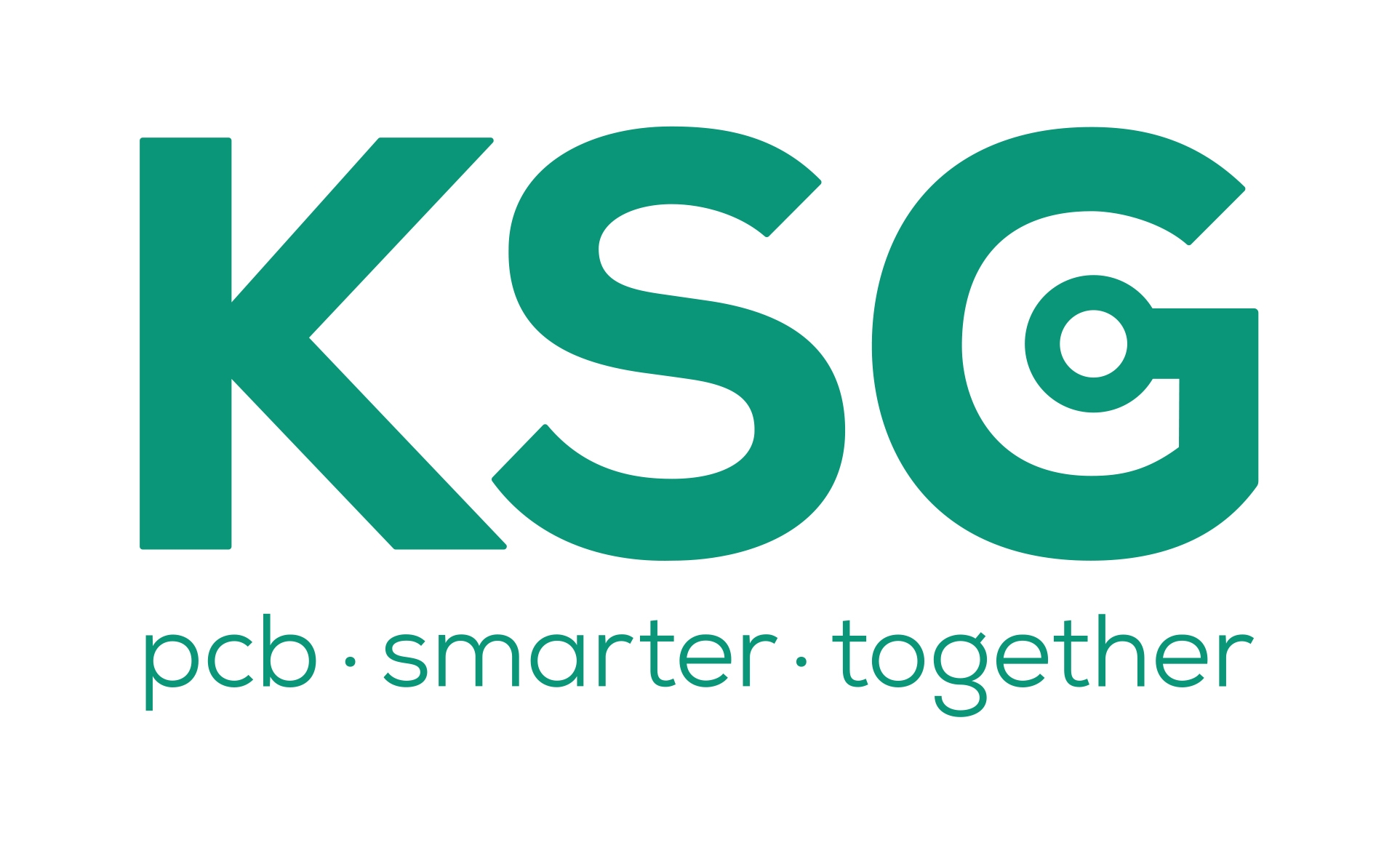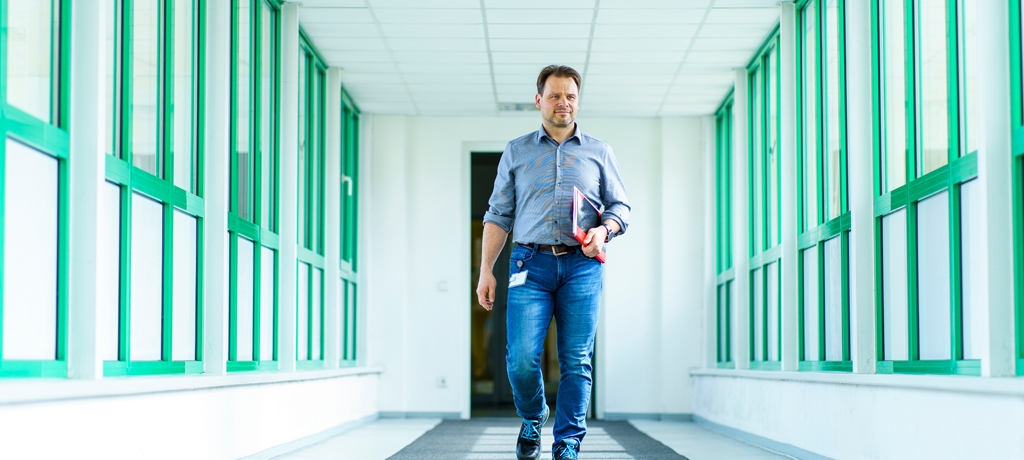In Germany, industry accounts for around 31 percent of annual energy consumption. If the energy revolution is to succeed, companies must accept their responsibilities by reviewing and auditing consumption and looking for ways to optimize it. With rising energy prices, this makes sense not only ecologically, but also economically. In addition to consumption, there is also a stronger focus on the production of energy: in 2020, 45 percent of the electricity demand was covered by renewable energies.
The PCB industry may not be the largest sector, but its high demand for both fresh and wastewater as well as energy in production means that it must not shirk its responsibilities. As a company, we at KSG GmbH have therefore deliberately embarked on a path towards sustainability. Our Head of Operating Technology, Thomas Hojenski, spoke to the PCB blog about this.
About the interviewee:
Thomas Hojenski has been with KSG GmbH since 1 January 2020 and lives in Stollberg. The 47-year-old is responsible for utilities (electricity, gas, water), energy management and facility management at KSG. The father of two is also concerned with energy in his free time and is careful to use it sparingly. His credo: “Nature in the Erzgebirge is too beautiful not to do anything to conserve it.”
Mr Hojenski, sustainability is the word on everyone’s lips. Some people don’t see it as an important issue. Why is KSG concerned about it?
As a company, we have a big responsibility. Not only for our balance sheet, but also for our employees and our region. Our headquarters in Gornsdorf, for example, consumes as much energy as a small town with about 5,000 four-person households. So our production costs us about as much electricity as all the residents of Aue-Bad Schlema – and that’s every day. If we as a society want to make a more conscious use of resources, we as a company must do our part. And that’s quite aside from the enormous costs associated with such energy consumption.
“We consume about as much electricity as a small town – day after day.”
That does sound a lot. Is it even possible to save energy in your industry?
Of course. Investments in state-of-the-art technologies and machines play an important role here. Our new direct imaging systems, for example, not only create much finer conductor tracks, but also save us the expense of films, which are costly to produce. The investment is therefore not only financially profitable, but also worthwhile in terms of reducing valuable materials that can no longer be used.
As the person responsible for energy management, you look first and foremost at electricity. Where else does sustainability play a role for KSG?
In lots of ways, actually. Let’s take another area that is my responsibility: water. As a company, we consume about as much water as a medium-sized village of 2,000 inhabitants. We are already using industrial water, but would like to expand this use in order to conserve drinking water as a resource. We will also look at cooling and heating circuits to see, for example, how we can divert unused waste heat in such a way that it can be used sensibly – the keywords being “heat recovery”. But being able to bring processes in-house again also plays a part.
Do you have an example for us?
Let’s take drill-bit dressing. In the past, we outsourced this to a service provider in Slovakia. This meant that the drill bits had to cover the entire distance back and forth by truck – a total of around 20,000 kilometres of journeys per year, corresponding to travelling halfway around the world. This environmental impact and also a fair amount of costs were saved by making the change.
Good reasons for greater sustainability
- Minimizing in-house costs
- A positive argument for the customer
- Attractive as an employer brand
- Providing a market advantage over competitors
- Influencing capacities, due to shorter transport routes for example
- Compliance with legal requirements
- Taking responsibility for future generations
So you’re also setting your sights on supply chains. Do your customers do the same and ask what KSG is doing in terms of sustainability?
In my perception, the demand has risen sharply in the last two years. Today, companies have to document how they handle resources; this starts with the CO2 statement on the invoice. In customer audits, the topic is coming up more frequently, but is not yet a main criterion when deciding for or against us.
Does it have a role to play as an employer brand?
My impression is that employees are aware of it and see sustainability as a collective responsibility. Other more eye-catching factors also play a role here, such as our own bee colony, which produces honey for our colleagues. By the way, we are also interested in efficiency when it comes to our animal employees: we are creating our own bee meadow to save them long journeys too!
A different kind of process optimization! In order to improve processes, you first have to know them in detail. Wie ich hörte, ist eine Bestandsaufnahme eine Ihrer ersten Aufgaben als Chef-Energiemanager.
Of course, we already know all our work processes and production processes very well. We are ISO 14001 and ISO 50001 certified and undergo regular audits. We will now take a fresh look at all the processes and, in 2022, we will draw up an overall concept of energy demand, i.e., where, how much and what type of energy we consume. Can certain machines be switched off at certain times of the day? Can we reuse waste heat in-house? On the basis of this, new projects will emerge, which will then yield practical improvements. We are also actively thinking about renewable energy sources so that we can better cover and offset the cost of power peaks ourselves.
„In 2022, we will be creating an overall concept of our energy demand, so we can optimize our consumption in a targeted manner.“
The production of circuit boards requires many valuable raw materials, such as gold and copper, which are not only expensive but also limited. How does KSG contribute to the careful handling of these substances?
These raw materials really are very valuable, including for the production of printed circuit boards. We recycle any excess material that does not become part of a circuit board. Copper is dissolved – among other ways – using an ammonia solution and electrolysis. The remaining material is knocked off and collected by a recycler. Unfortunately, recycled copper can no longer be used by us, but is still used in many other areas. There is a similar process for gold and tin.
And how do you ensure that everything meets your requirements when producing gold or tin?
The EU Due Diligence Act, which relates to supply chains, obliges us to obtain conflict minerals from traceable sources that meet certain standards. We regularly ask our suppliers where exactly the minerals are mined and smelted. We regularly ask our suppliers where exactly the minerals are mined and smelted. This is how we not only ensure that environmental damage is avoided, but also play a small part in preventing human rights violations.
Do you want to find out more about KSG GmbH, its employees and the company’s path to greater sustainability? Follow us on our social media channels on Facebook, LinkedIn or Instagram. You can also find further information on sustainability at KSG on our website: ksg-pcb.com.

